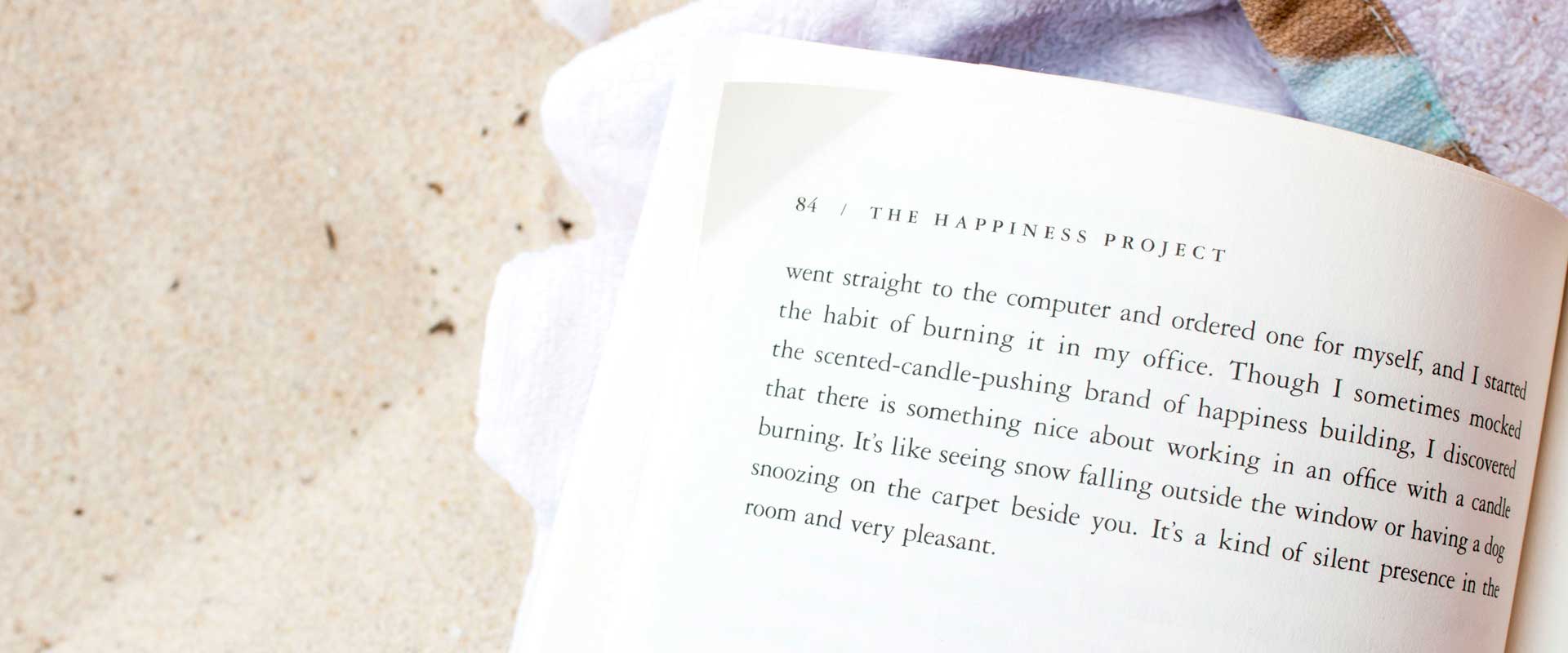Linda Harper and her husband and team member Dick, are experts on the Village of Nags Head and have provided some helpful tips on how to preserve the life of your wood shingles.
Wood Shingles – Getting the Most Out of Yours
Wood shingles are a required for all homes in The Village. They are more expensive than asphalt shingles, but are certainly more attractive, and have the added benefit of having a wind rating of 173. This means that they have a UL rating to withstand wind of 173 mph.
Traditionally, wood shingles were nailed on over furring strips which had been attached to the plywood sheathing, allowing air to circulate between the shingles and the plywood. This prevented the two most destructive causes of shingle failure – heat build-up and moisture retention. This is a labor intensive, expensive way to install a roof and is not commonly used anymore. In fact, most roofers just nail, or even staple the wood shingles directly to the tar paper covered plywood. Wood shingles lose a lot of their life expectancy when installed this way.
Using a fireproof ventilated underlayment between the plywood sheathing and the shingles prevents both heat build-up and moisture retention by providing constant airflow.
One brand of this random matrix mesh is Cedar Breather. It is sold by the 200 square foot roll and costs about $110, adding around $80 per square (100 sq. ft.) of shingles to the roof price. Its matrix is unaffected by UV light, heat or cold.
Another problem with wood shingles is wood fungus, which leads to rot and forms most aggressively in areas where the roof stays damp for long stretches of time. A simple way to prevent moss and fungus from gaining a toehold is to install a narrow strip of lead, zinc or copper under the ridge cap, leaving about an inch of metal exposed. Then, when it rains, trace amounts of the metal will leach and wash over the roof killing mold spores before they become established.
One last roof tip – many houses in The Village have continuous soffit venting, allowing air to circulate under the plywood roof sheathing. On many houses, this soffit venting is blocked with many coats of paint, and fails to allow air circulation. The venting needs to be replaced, preventing heat build-up and shingle deterioration. The continuous soffit material is inexpensive, made of perforated plastic, but the labor to remove the old and install the new can be expensive because of the heights involved and use of scaffolding to reach.
-Linda Harper, Broker












